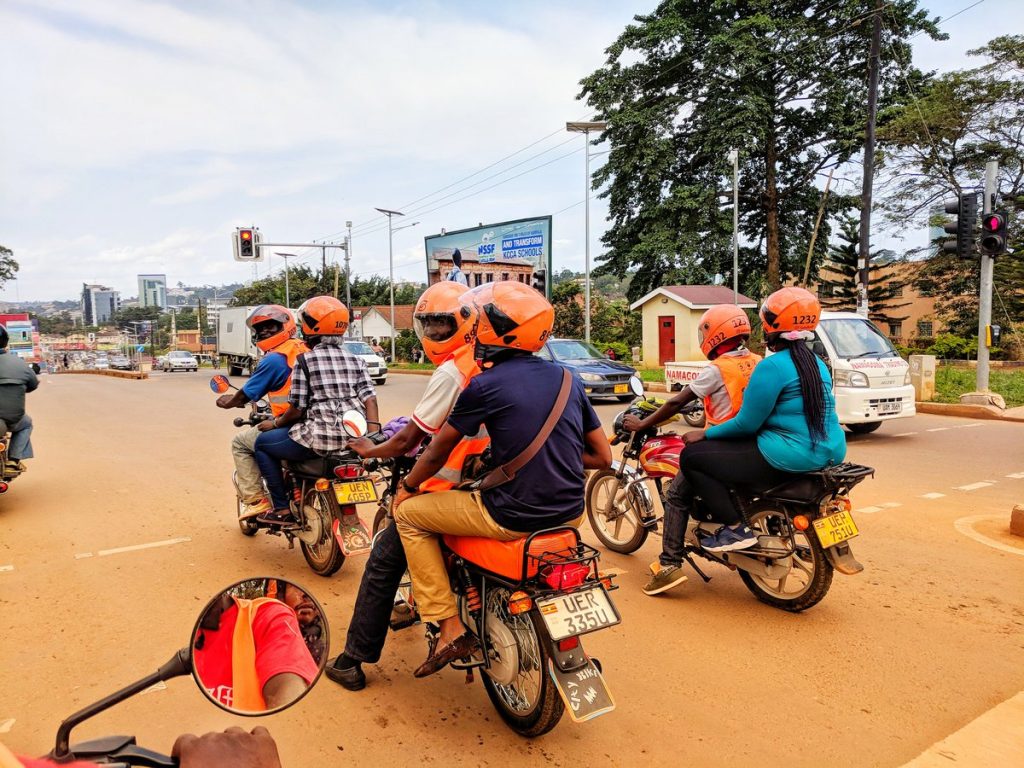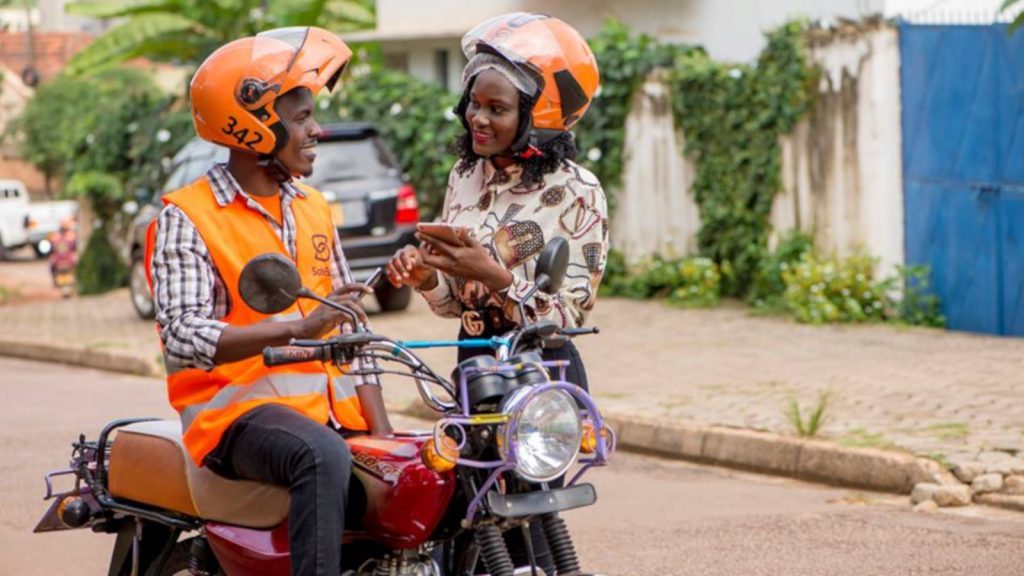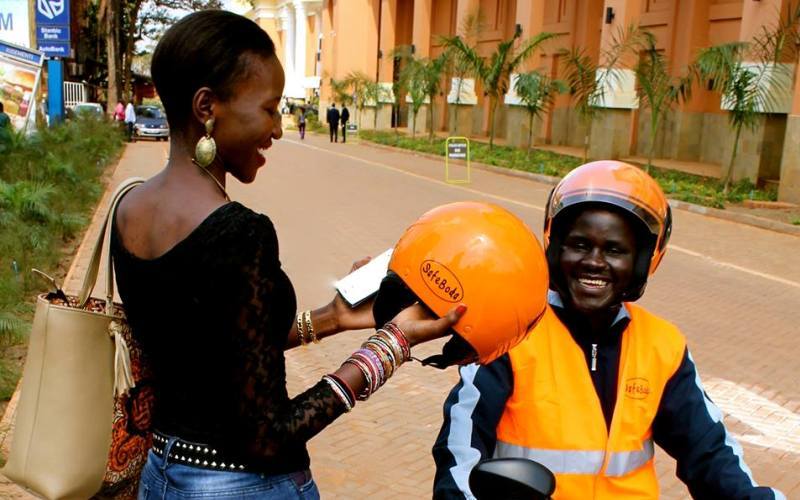I have always explained to different riders who cared to listen that the mobile wallet option is very convenient for customers. It very much helps with budgeting and financial planning; you can easily track your spending, plan expenditure among other benefits. You set aside an amount that you will spend on transport, load it into your Safeboda mobile wallet, and put your transport worries aside for a while. But that’s not always the case as Cash is the preferred payment method for a handful of SafeBoda riders. This begs the question (with obvious answers, by the way): why have riders made the habit of insisting customers pay with cash.
Delayed Remittances
Conversing with these riders, the most prominent reason the riders give me is that the ride-hailing companies delay the disbursement of cashless earnings. And considering that maintenance and fueling of their bikes need to be done, mostly using monies earned current or previous-day earnings, their position is understandable. What is weird is the fact that the SafeBoda of 2 years ago is not the same today. Of course, new great features have been introduced but the level of professionalism from the riders has greatly fallen. It made me question if SafeBoda actively reviews the ratings of each rider at the end of different rides to see customers’ feedbacks. For a company that has been a leader in the ride-hailing industry for about six(6) years, they should be doing better. Related Article: Hitting One Million Users: A SafeBoda Rundown
Why Is Cashless Failing?
1. Training Level and Quality
Not everyone (rider and customers, inclusive) has full knowledge of how digital transactions work. Many times, a rider still request for payments from me (and other customers, I’m certain) even after paying via cashless methods. I’ve found myself dedicating some minutes to explain to riders that money has been deducted from my mobile wallet and added to theirs. I think all ride-hailing services should take this seriously.
2. The Risk Involved
Technical glitches that sometimes occur with cashless payments is another factor driving the preference of cash over cashless payment— by riders and customers. Unlike using cash, there’s the risk of your mobile wallet being affected by technical issues from mobile money service providers or from the internal systems of the ride-hailing company. I was once wrongly debited and SafeBoda asked for a whole 24 hours to sort me out. A whole 24 hours!
3. Timeliness
From the riders, receipt of earnings is prompt and immediate with cash. They receive their payments there and then unlike with cashless where they have to wait for a particular day to get it from an intermediary (ride-hailing company). These factors (and more) are stifling the adoption and growth of cashless payment. From the look of things, we still have a long way to incorporating cashless transactions into our day-to-day lives. Nonetheless, it’s a great and convenient option to have. But right now, and in the foreseeable future, these happening sonly point to one thing: cash is, still very much, KING. What is your most preferred method of payment? What issues have you so far faced with ride-hailing companies? Where do you see cashless payments in the next 5 years? And if you’re a rider reading this, let’s have your thoughts as well.





